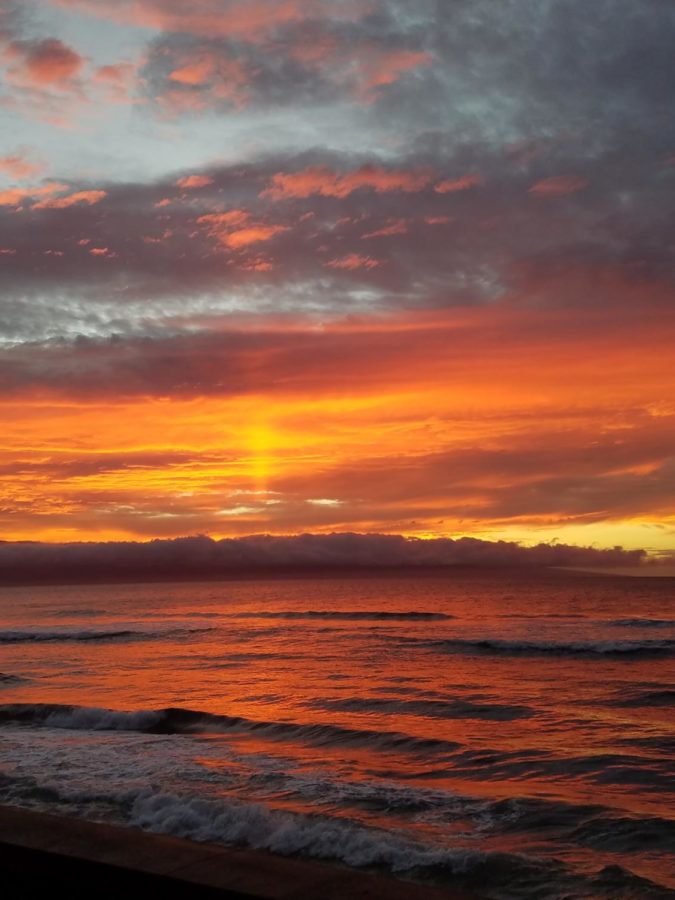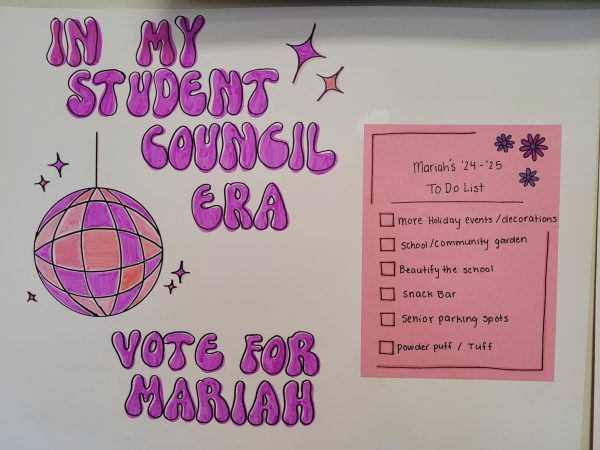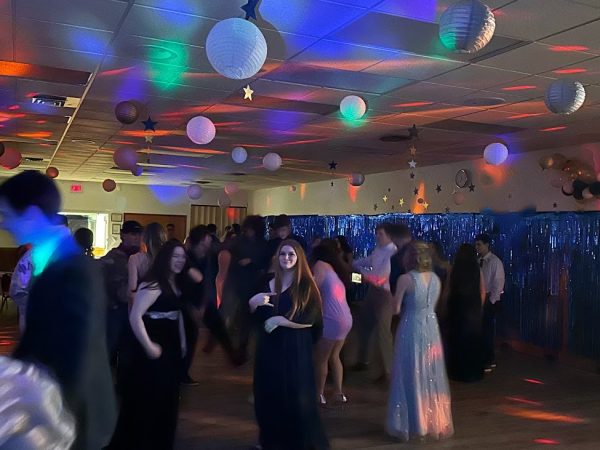Hawaii geography, economy full of surprises
January 13, 2022
Days Creek Charter School junior Keira Sawyer visited Hawaii in December with her family. This article is a part of a school essay on her time there.
Hawaii is a cluster of eight beautiful islands, each with unique characteristics and economy. I recently got the amazing opportunity to go to these tropical islands with my family. We stayed on the lush island of Maui, where I got to witness first-hand the differences between Oregon and Hawaii, not only in temperature and weather, but also in economy, geography and climate.
Hawaii’s population density is significantly bigger than Oregon’s. The Aloha State has 222.9 people per square mile compared to 39.9 people per square mile, making it the 13th densest populated state. For example, Lahaina, which is about the same size as Canyonville, is constantly swarming with people.

Hawaii’s geography is a sight to behold consisting of misty plateaus, craggy ocean, tropical coastal area, lava deserts, fern and bamboo forests, and the often snow-capped peak of Mauna Kea. Hawaii has so many bodies of water, but boasts only about two major rivers: Wailuku which is located on Hawaii islands just south of the city Hilo, and Anahulu which is found on the island Oahu to the northeast of Honolulu. Similarly to Hawaii, Oregon’s geographic features vary ranging from your tall, lush mountains to coastal beaches and stormy waters.
The average daytime summer temperature in Hawaii at sea level is 85 degrees and the average daytime winter temperature is 78 degrees. In Oregon the average annual temperature at night is 51 degrees. Rain falls in Oregon and Hawaii often. Hawaii usually gets about 8-40 inches of rain yearly on certain parts of the island, which I found quite interesting because Oregon is not very much that way. Oregon usually gets about 75 inches of rain yearly.
The seasons in Hawaii are very different from Oregon. They only have two seasons in Hawaii: summer, which is between May and October and winter which is between October and April. Since Hawaii doesn’t really get very cold, winter is the month when Hawaii gets the most rain and storms for the year. Oregon has three seasons: spring, summer, and autumn.
Although it seems like most Hawaiians are farmers, actually the majority of them work as machine operators and retail sales workers. A few of them are merchants making and selling their own products. For many locals tourism is the main source of income as they work in the hospitality/service industry or as they sell goods and services to visitors.
Hawaii is well known for sugarcane, pineapple, coffee, macadamia nuts, and flower, which is exported to the mainland and other countries outside of the U.S.
I would say that in general Hawaii prices are higher than Oregon, for example, a dozen eggs at a local grocery store cost $6-7 in Hawaii, where in Oregon it only cost around $2. Eating out is also really expensive. In Roseburg you can get a plate of food from a food truck for about 8 dollars, where in Hawaii there’s barely anything under 20 dollars. Getting around in Hawaii is also pricey because a gallon of fuel ranges from $3.75-$14.75 depending on where you are on the islands. A gallon of fuel in Oregon costs $3.78.
I really enjoyed getting to go to Hawaii, seeing the breathtaking sights and learning about the culture and belief system of the native Hawaiian people. Although Oregon and Hawaii have many similarities, the feel of each place is unique.










